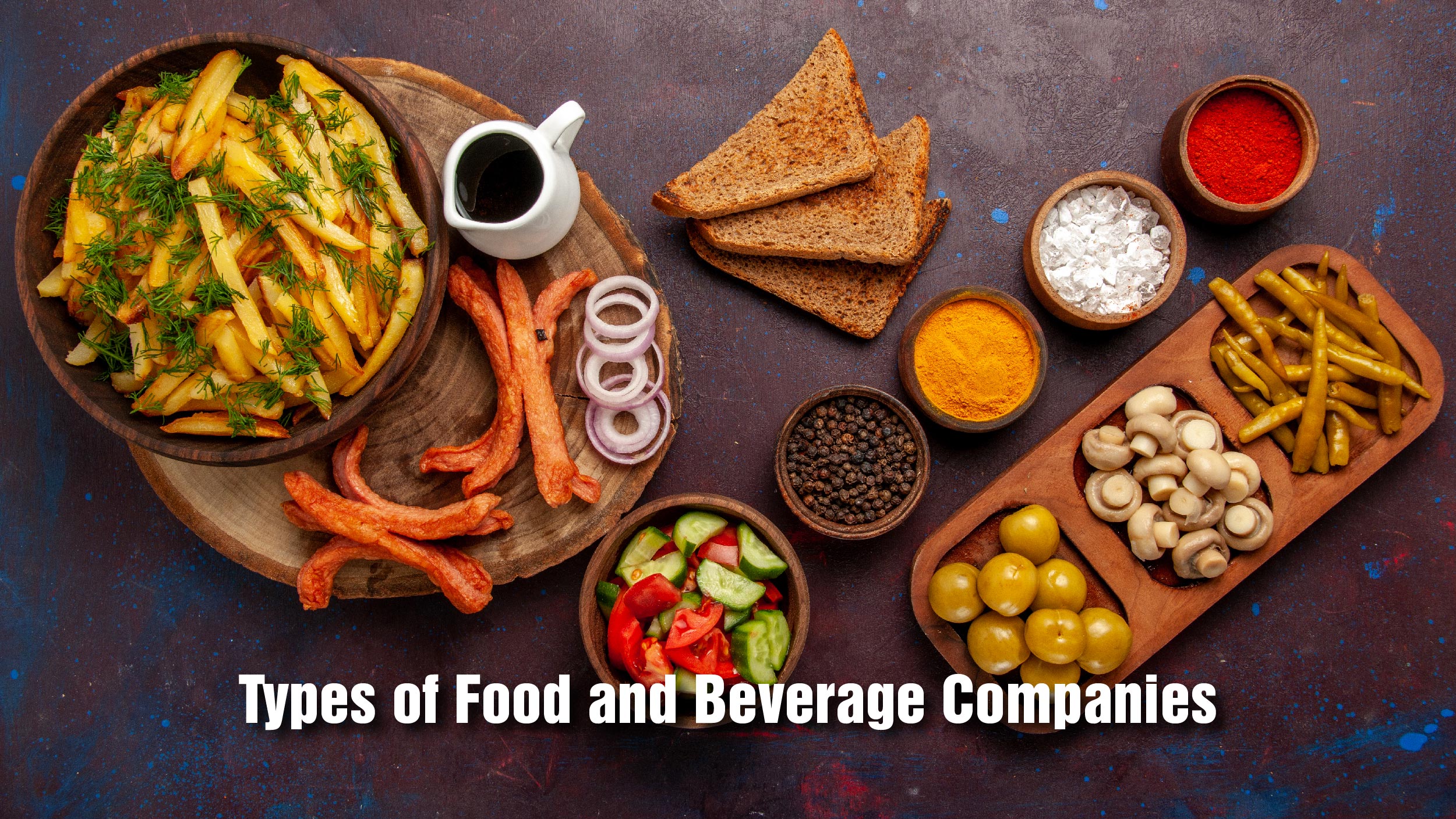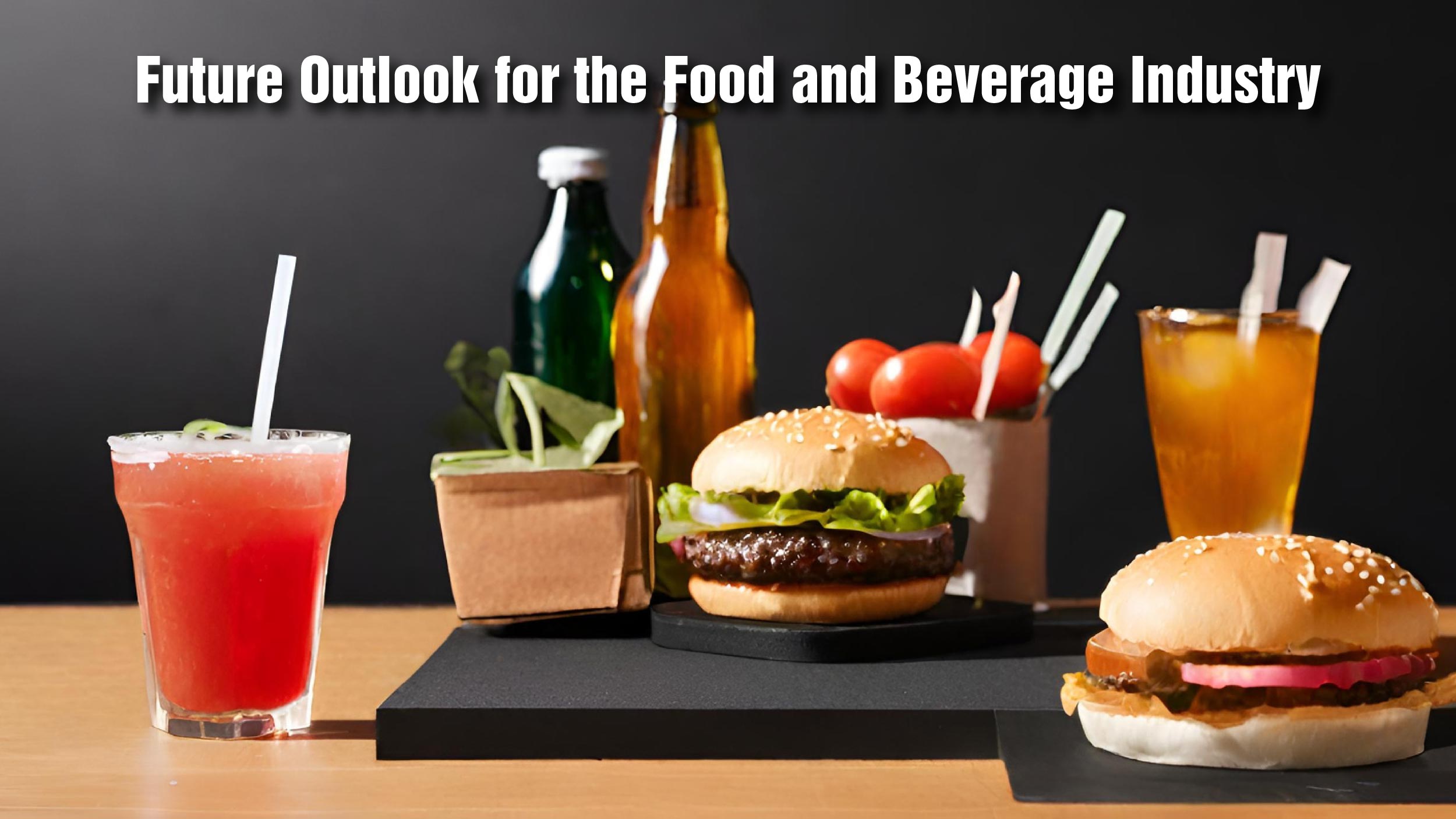In today’s fast-paced world, the food and beverage (F&B) industry is constantly evolving to meet changing consumer demands and preferences. With advancements in technology, companies in this industry are finding innovative ways to streamline processes, improve product quality, and enhance customer experiences. By 2026, the food and beverage industry is forecasted to reach a staggering $8.9 trillion in growth. In this article, we will explore the different types of F&B companies, the latest technologies being used, and how these advancements are shaping the future of the industry.
What is Food and Beverage?
Food and Beverage refers to the commercial aspect of the food industry, where individuals are provided with meals and drinks in exchange for payment. It encompasses a wide range of establishments, including restaurants, bars, cafeterias, food courts, and other food-based hospitality businesses. The F&B industry plays a significant role in the profits of the hospitality sector, catering to various purposes such as business meetings, social events, and recreation. The industry involves the preparation, presentation, and service of F&Bs to customers, ensuring high standards of quality, hygiene, and customer satisfaction.
Types of Food and Beverage Companies
The F&B industry is vast and encompasses a wide range of businesses, from small local cafes to multinational corporations. Some of the main types of companies in this industry include:
- Food Manufacturers: These companies are responsible for producing a wide variety of food products, ranging from canned goods to frozen meals. They often work with farmers and suppliers to source high-quality ingredients for their products.
- Beverage Producers: Beverage producers focus on creating drinks such as sodas, juices, coffees, and teas. These companies invest heavily in research and development to come up with new and innovative flavors to appeal to consumers.
- Restaurants and Cafes: Restaurants and cafes provide customers with prepared meals and beverages in a dining-out setting. They often have diverse menus to cater to different tastes and dietary preferences.
- Food Retailers: Food retailers include grocery stores, supermarkets, and online delivery services. They offer a wide range of F&B products for customers to purchase and consume at home.
- Specialty Food Producers: These companies focus on niche or specialized F&B products, often targeting specific dietary preferences or cultural cuisines. Examples include organic food producers, gluten-free product manufacturers, and artisanal food and beverage companies.
Technologies in the Food and Beverage Industry
Technology plays a crucial role in the success of companies in the F&B industry. From automated production lines to data analytics, businesses are leveraging technology to improve efficiency, quality, and customer satisfaction. Some of the key technological advancements in the industry include:
- Automation: Many food manufacturers are turning to automation to increase production speed and accuracy. Automated systems can handle repetitive tasks such as packaging and labeling, allowing employees to focus on more complex processes.
- Digital Transformation and Connectivity: The F&B industry has undergone a significant digital transformation, notably influenced by online ordering, delivery apps, and contactless payment systems. These technologies have surged in popularity, particularly amidst the COVID-19 pandemic. Furthermore, the adoption of Internet of Things (IoT) devices and data analytics has optimized operations, enhanced inventory management, and streamlined supply chain processes.
- Internet of Things (IoT): IoT devices are being used to monitor food safety and quality throughout the supply chain. Sensors can track temperature, humidity, and other factors to ensure that products meet regulatory standards and are safe for consumption.
- Ensuring Quality and Traceability: Technology plays a critical role in maintaining food safety and quality standards. Utilizing advanced sensors, blockchain technology, and data analytics allows real-time monitoring of food production, storage conditions, and supply chain traceability. This proactive approach helps detect and mitigate potential issues, ensuring adherence to regulatory requirements and consumer safety.
- Artificial Intelligence (AI): AI is being used to analyze data and predict consumer preferences. This technology can help companies tailor their products and marketing strategies to better meet the needs of their target audience.
- Driving Product Innovation: Technology fuels innovation in the food and beverage sector, facilitating research and development efforts for new products. Advancements in artificial intelligence (AI) and machine learning aid in analyzing consumer preferences, developing novel recipes, and refining flavor profiles. This continuous innovation enables companies to remain competitive and meet the ever-changing needs of consumers.
- Blockchain: Blockchain technology is being used to improve transparency and traceability in the food supply chain. By recording transactions on a secure digital ledger, companies can track the movement of products from farm to table, reducing the risk of contamination and fraud.
This industry is constantly evolving, and technology is playing a key role in driving this change. Companies that embrace the latest advancements in automation, IoT, AI, and blockchain are better positioned to succeed in a competitive market. By staying ahead of the curve and continuously innovating, businesses in this industry can meet the demands of modern consumers and stand out from the competition.
Future Outlook for the Food and Beverage Industry
Looking ahead, the F&B industry is poised for exciting advancements driven by technology and consumer preferences. Here are two factors shaping its future:
Emerging Technologies Shaping the Industry
From artificial intelligence and robotics to 3D printing and IoT devices, a wave of emerging technologies is transforming the way F&B products are developed, produced, and consumed. These technologies hold the potential to drive efficiency, innovation, and customization in the industry, paving the way for a new era of food experiences.
Consumer Preferences Driving Innovation
Consumer preferences and behaviors play a central role in shaping the direction of the food and beverage industry. As demand for healthier, sustainable, and convenient products continues to rise, companies are under pressure to innovate and adapt to meet evolving consumer needs. Understanding and responding to changing consumer trends will be key to staying competitive and relevant in the dynamic F&B landscape. As technology continues to revolutionize the F&B industry, companies are navigating a landscape defined by innovation and sustainability. By staying abreast of market trends, embracing new technologies, and prioritizing environmentally conscious practices, the industry is poised to meet the challenges of tomorrow while satisfying the appetites of consumers around the globe. The future of F&B holds exciting possibilities, where taste, convenience, and ethical considerations converge to shape a more resilient and responsive industry.
Final Takeaway
The food and beverage industry is a dynamic and ever-evolving sector that plays a vital role in providing meals and drinks to customers. Technology has become an integral part of this industry, transforming operations, enhancing efficiency, and improving customer experiences. From automation and sustainability initiatives to personalization and digitalization, technology is reshaping how F&Bs are prepared, served, and enjoyed. With ongoing advancements and innovations, the industry is poised to continue adapting to changing consumer demands and preferences. Embracing technology enables businesses to stay competitive, ensure quality control, and meet the evolving needs of customers in this fast-paced and demanding industry.




